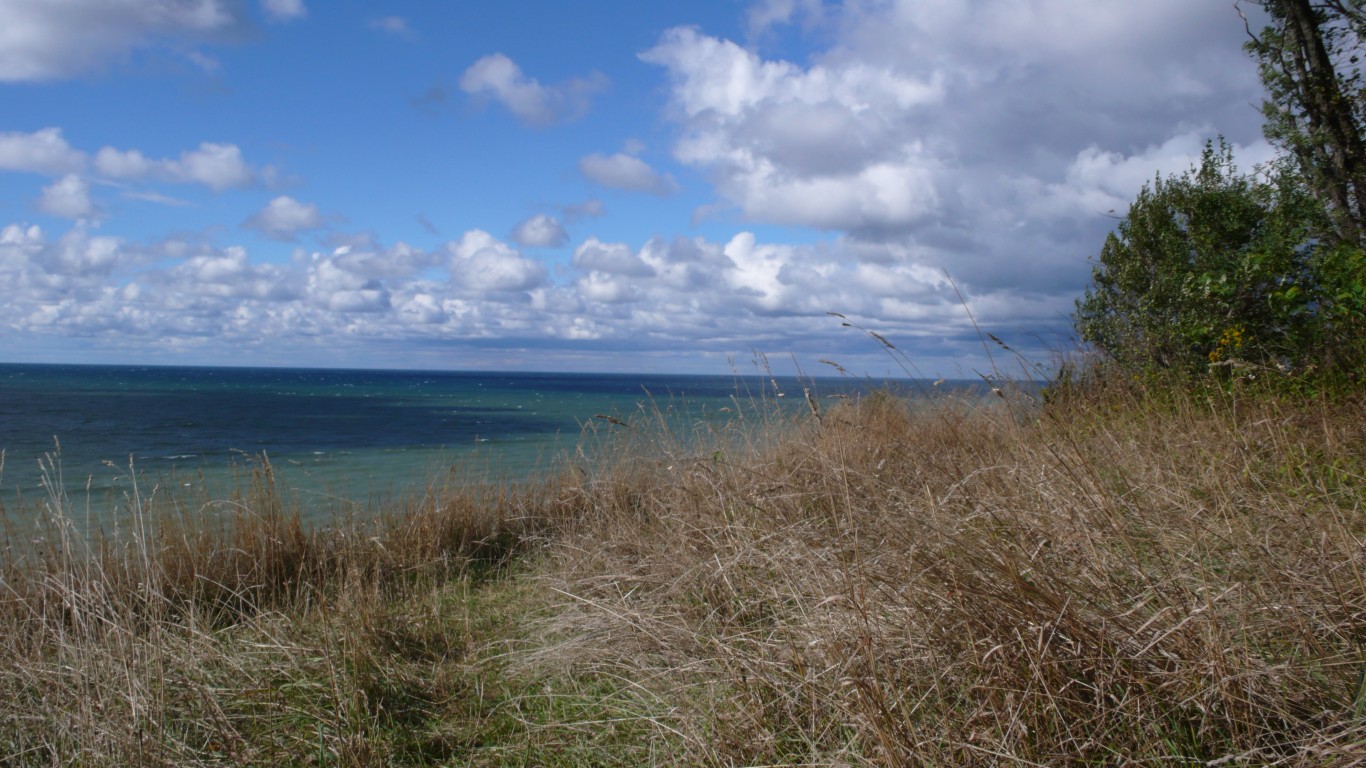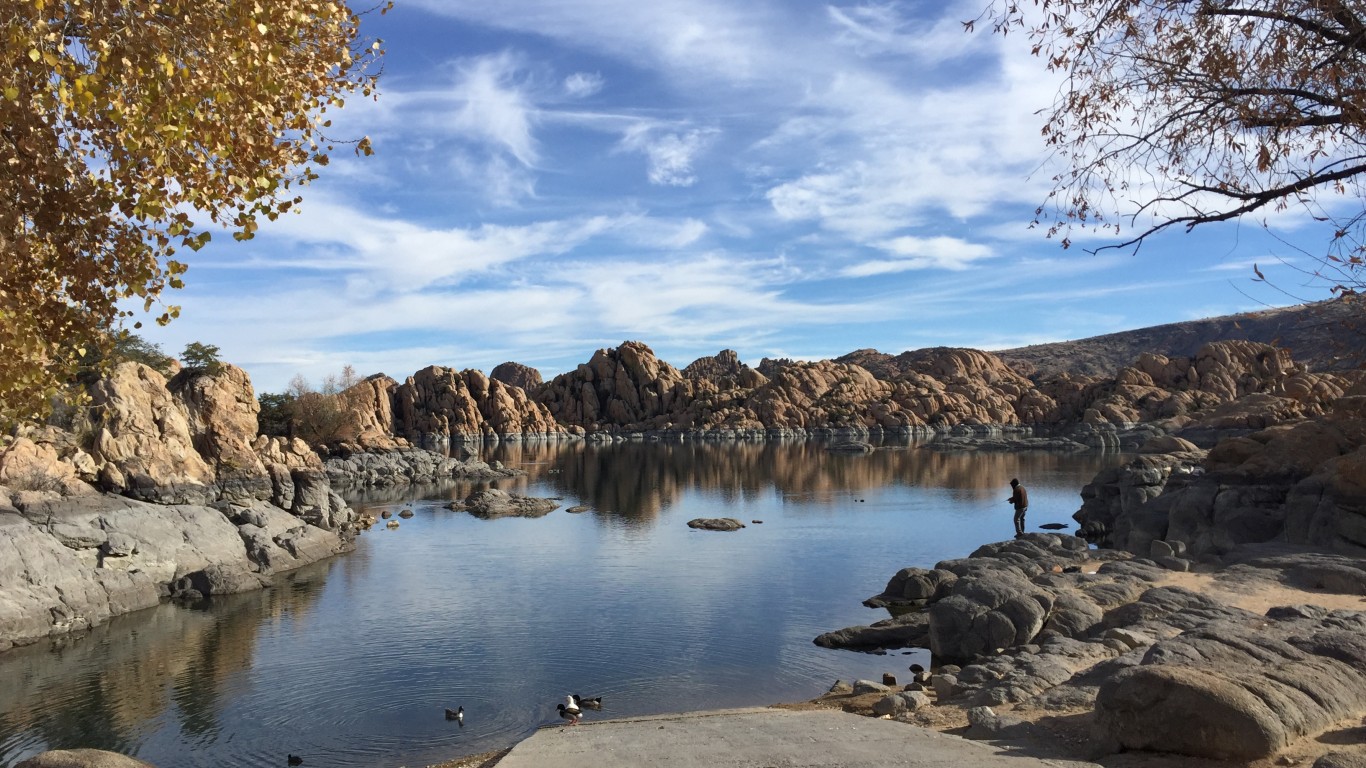
The size of lakes is measured by square miles of surface area. Based on this, the largest lake in the world by far is the Caspian Sea at 143,000 square miles. Its shores are in several countries, including Kazakhstan, Russia, Turkmenistan, Azerbaijan, and Iran.
The second largest lake in the world has a portion of its shoreline in the United States and some in Canada. Despite the Canadian shore, Lake Superior is considered the largest lake in America. This is the best place to enjoy the water in each state.
Lake Superior covers 31,700 square miles. Its shore touches Michigan, Minnesota, Wisconsin, and the Canadian province of Ontario. It is the largest lake in the chain that makes up the Great Lakes, as well as the one furthest north. According to Lake Superior.com, it holds 10% of the world’s surface fresh water and its “3 quadrillion gallons are enough to cover both North and South America under a foot of water.” Its deepest level is 1,276 feet below the surface.
Superior is famous for a number of things, not the least of which is its shipwrecks. The most famous of these is the S.S. Edmund Fitzgerald, which sank in a storm on Nov. 10, 1975. All hands went down with it, a total of 29 men. The incident was popularized by a popular song by Canadian performer Gordon Lightfoot, called “The Wreck of the Edmund Fitzgerald,” which was released in 1976. A total of about 350 wrecks are on record.
The lake was used to move iron ore south for decades. According to the journal Nature: “Undoubtedly the greatest advantage possessed by the United States is that in the Lake Superior region they have the most extensive supplies of cheap and rich iron ores known to exist.”
Lake Superior is the westernmost part of the Great Lakes basin, which includes Lake Michigan, Lake Huron, Lake Ontario, and Lake Erie, some of which empty into the St. Lawrence River.
Although the algae bloom problem in Superior is nowhere near what it is in Lake Erie, where these can cover the western third of the lake at times, the fact that Superior has this issue at all is a sign that pollution has started to affect the lake. These are America’s 50 dirtiest cities.
Click here to see the largest lake in America
20. Rainy Lake
> Location(s): MN-Ontario
> Area: 345 sq. miles
[in-text-ad]
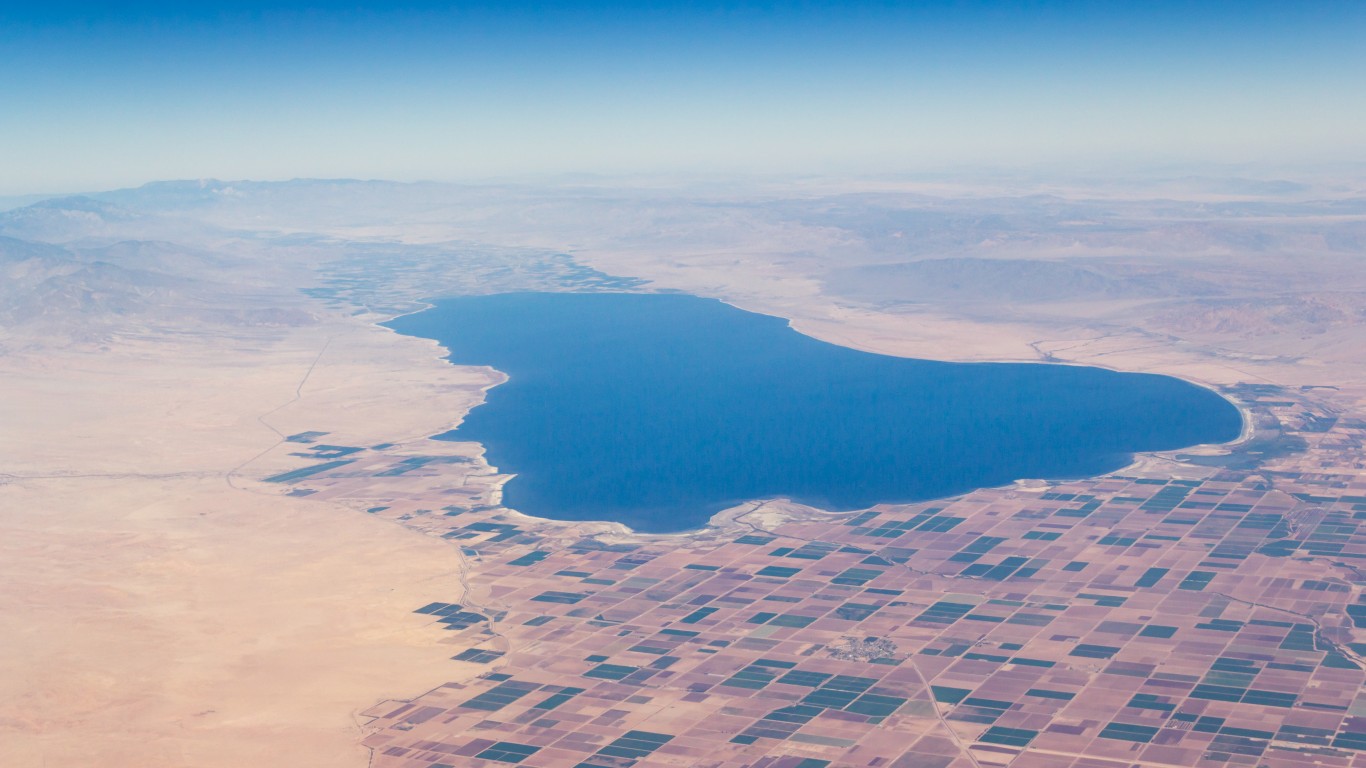
19. Salton Sea
> Location(s): California
> Area: 347 sq. miles
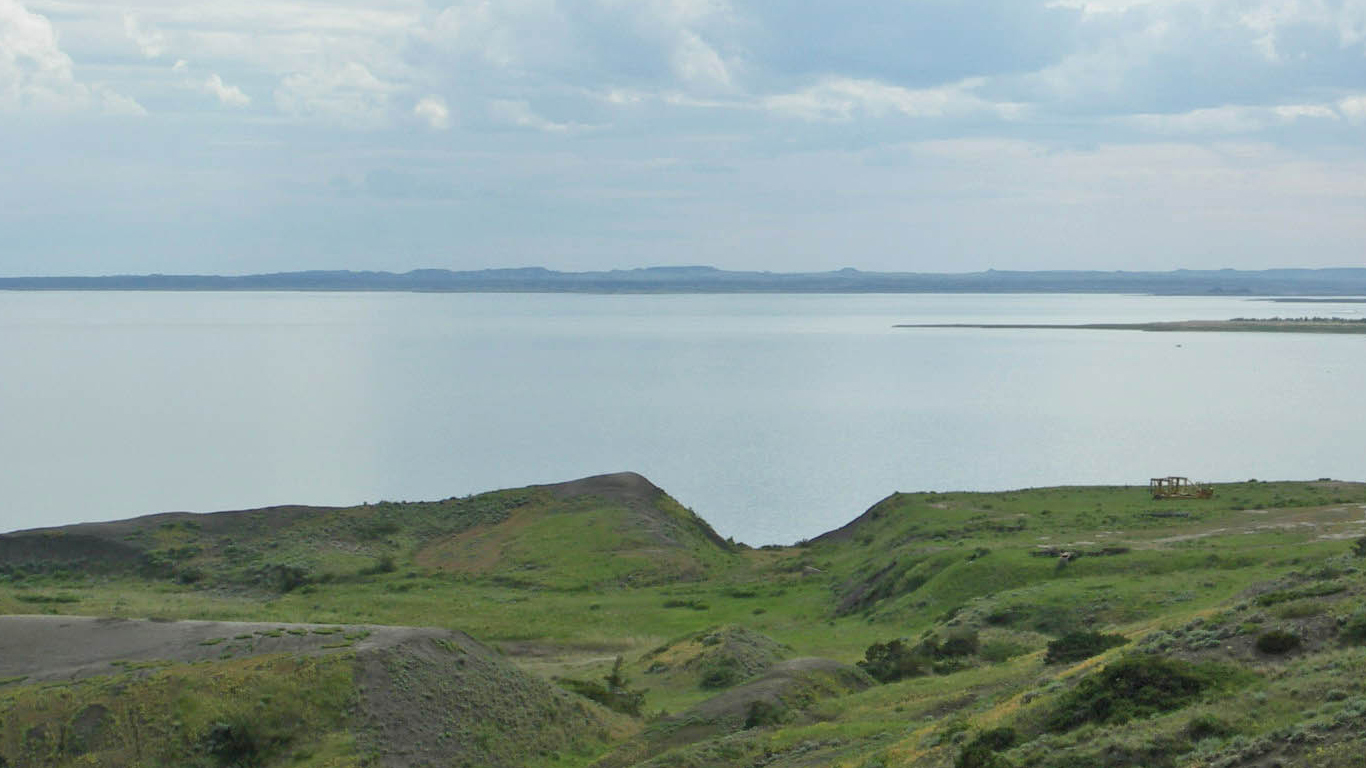
18. Fort Peck Lake 1
> Location(s): Montana
> Area: 393 sq. miles

17. Selawik Lake
> Location(s): Alaska
> Area: 404 sq. miles
[in-text-ad-2]
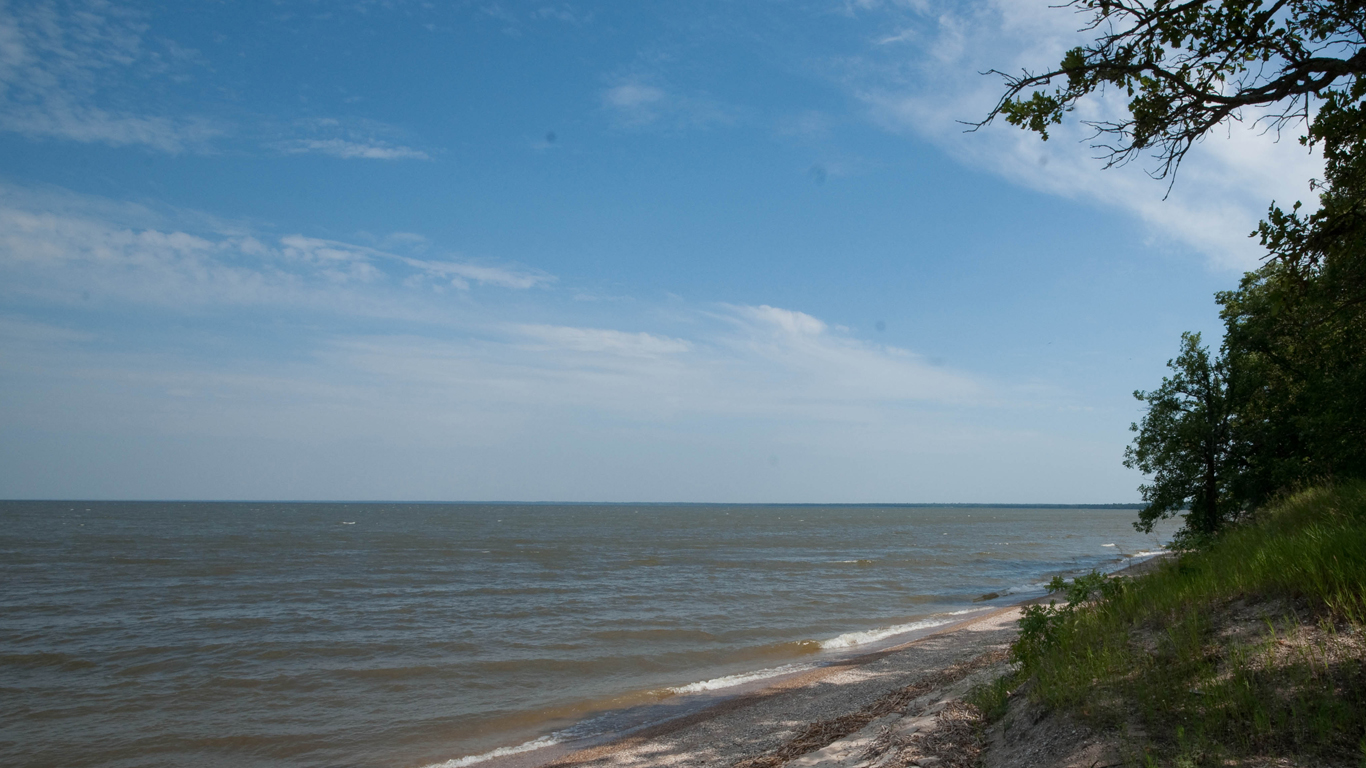
16. Red Lake
> Location(s): Minnesota
> Area: 427 sq. miles
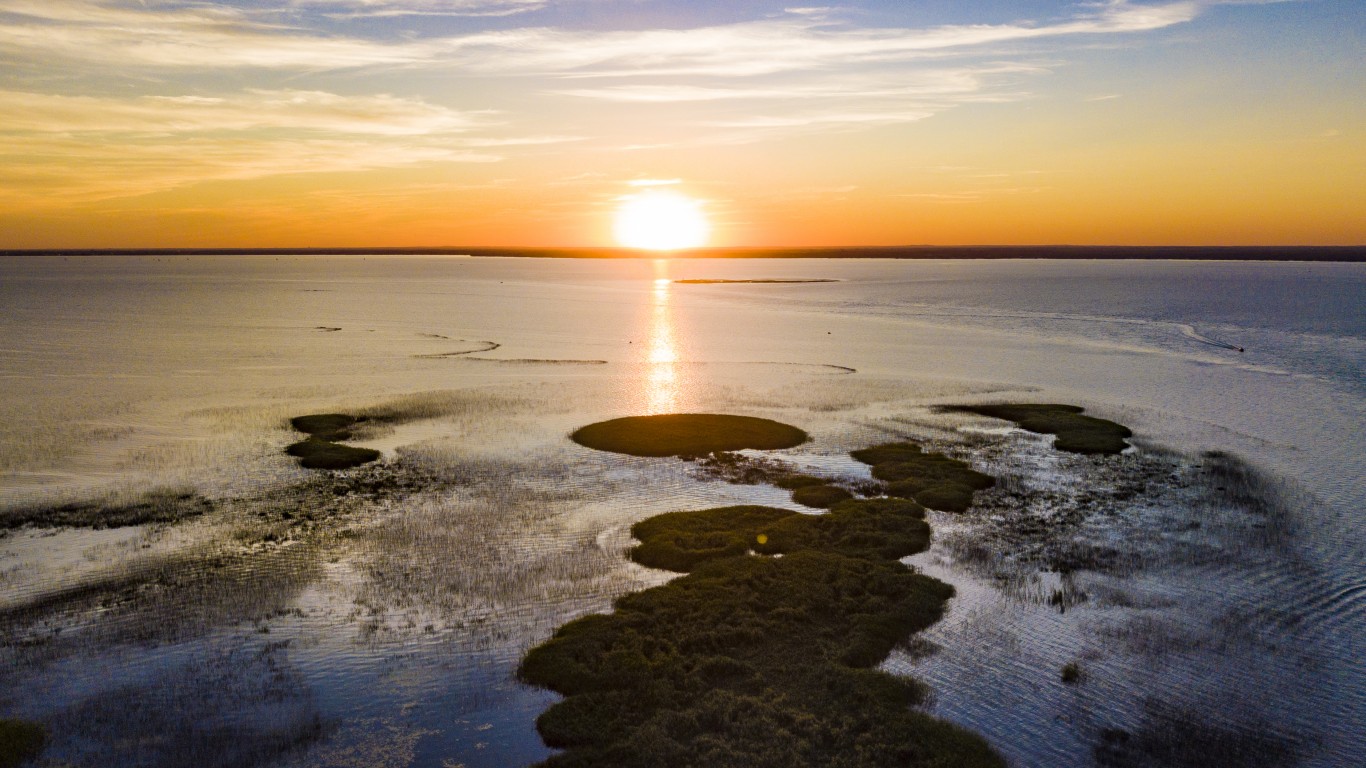
15. Lake St Clair
> Location(s): MI-Ontario
> Area: 430 sq. miles
[in-text-ad]
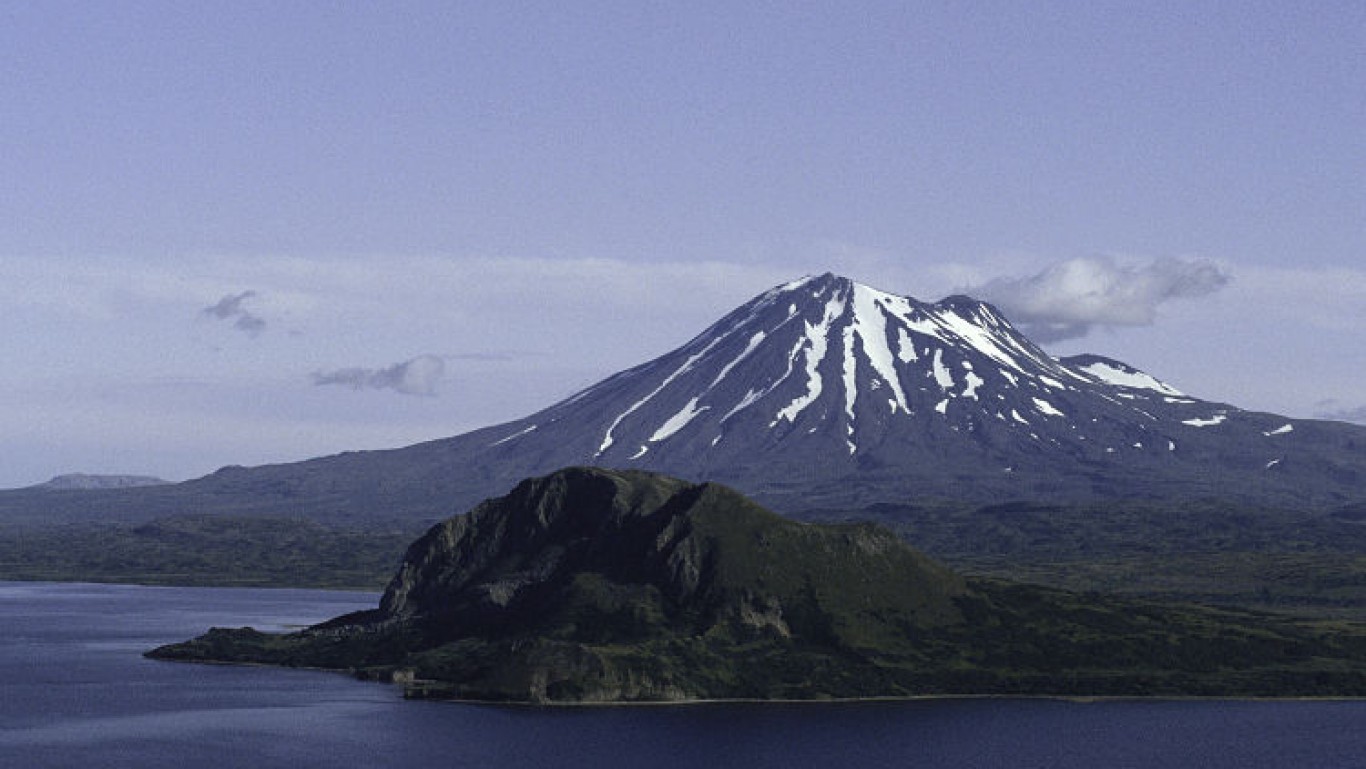
14. Becharof Lake
> Location(s): Alaska
> Area: 453 sq. miles

13. Lake Champlain
> Location(s): NY-VT-Quebec
> Area: 490 sq. miles

12. Lake Sakakawea 1
> Location(s): North Dakota
> Area: 520 sq. miles
[in-text-ad-2]
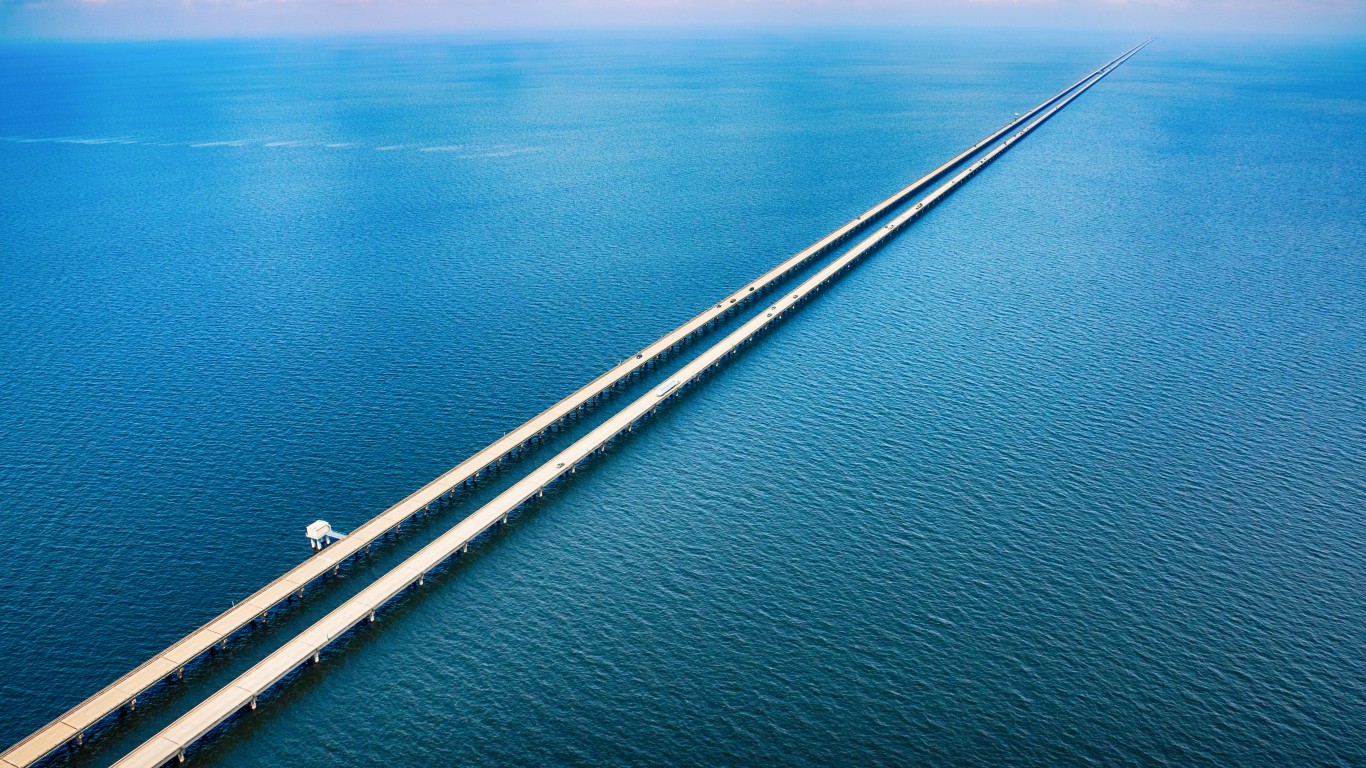
11. Lake Pontchartrain
> Location(s): Louisiana
> Area: 631 sq. miles
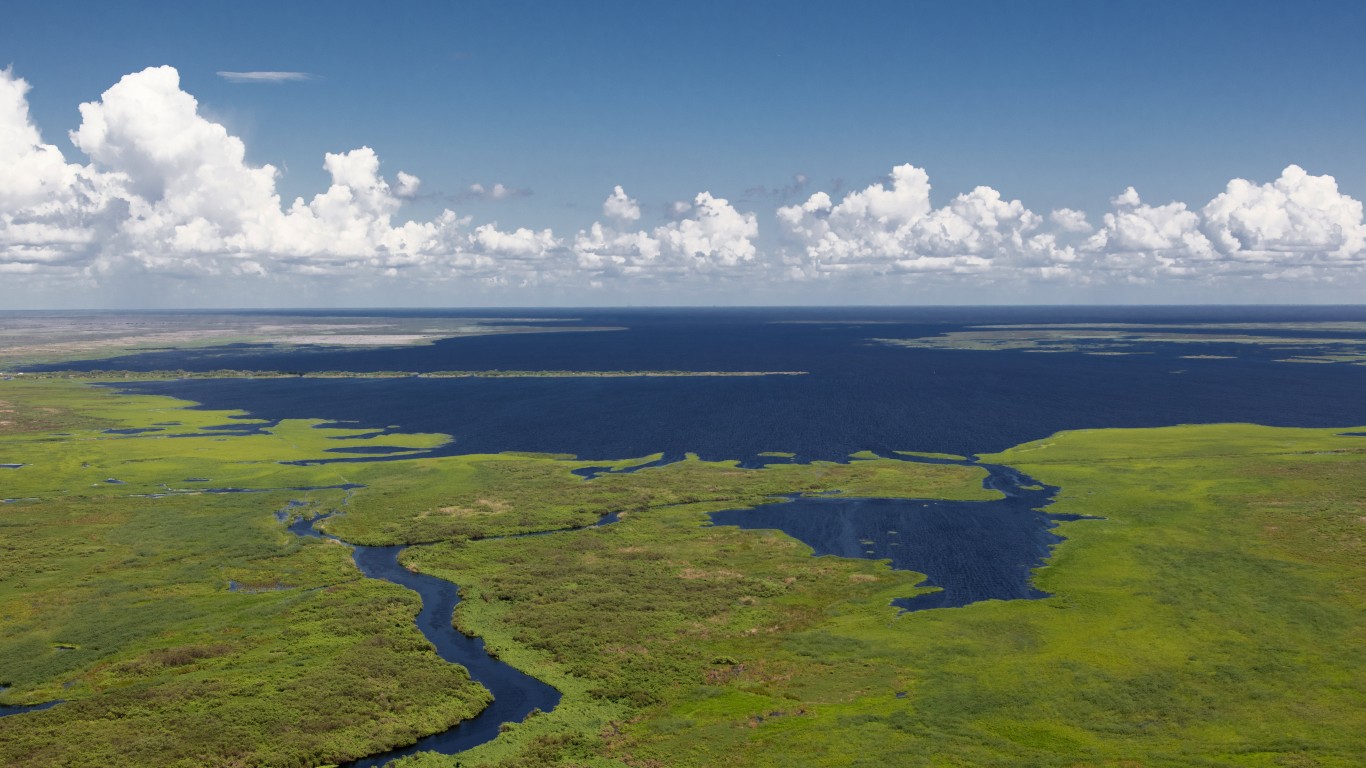
10. Lake Okeechobee
> Location(s): Florida
> Area: 662 sq. miles
[in-text-ad]
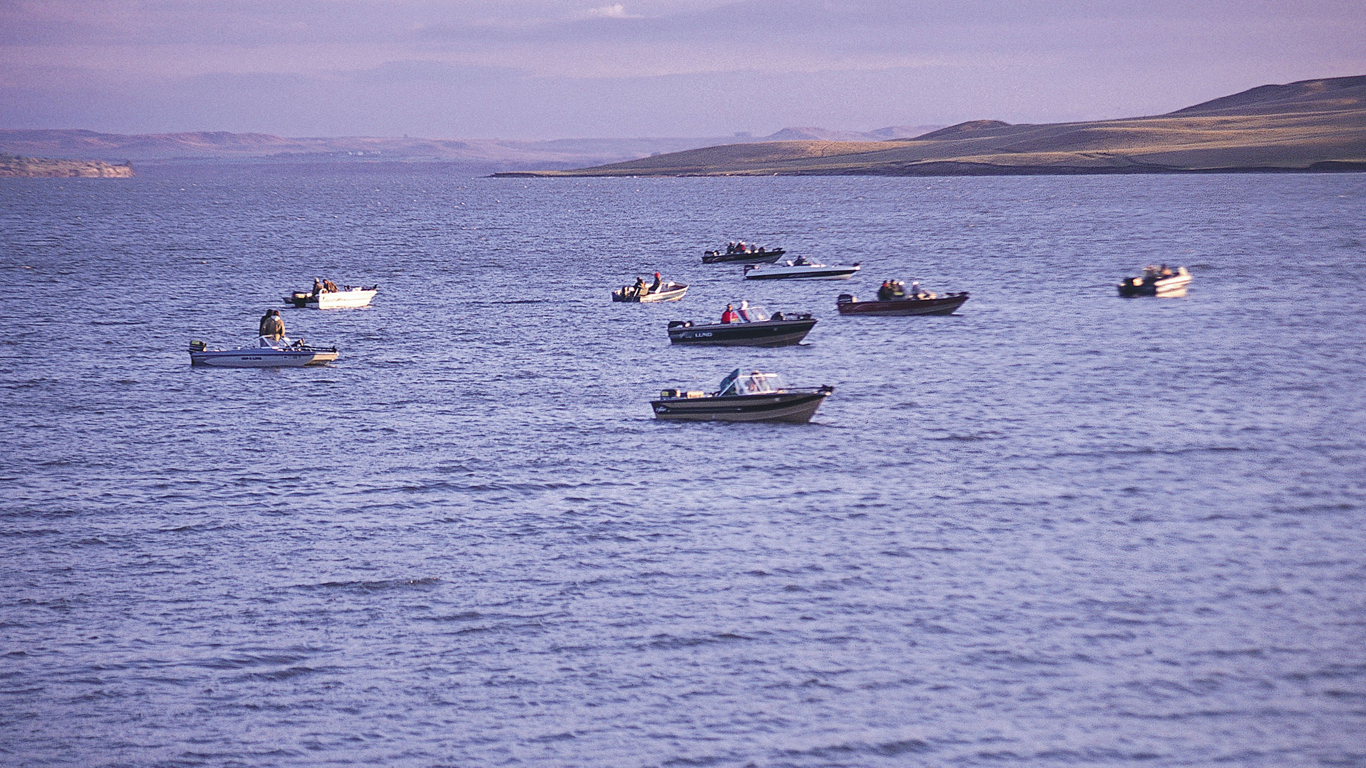
9. Lake Oahe 1
> Location(s): ND-SD
> Area: 685 sq. miles

8. Iliamna Lake
> Location(s): Alaska
> Area: 1,014 sq. miles
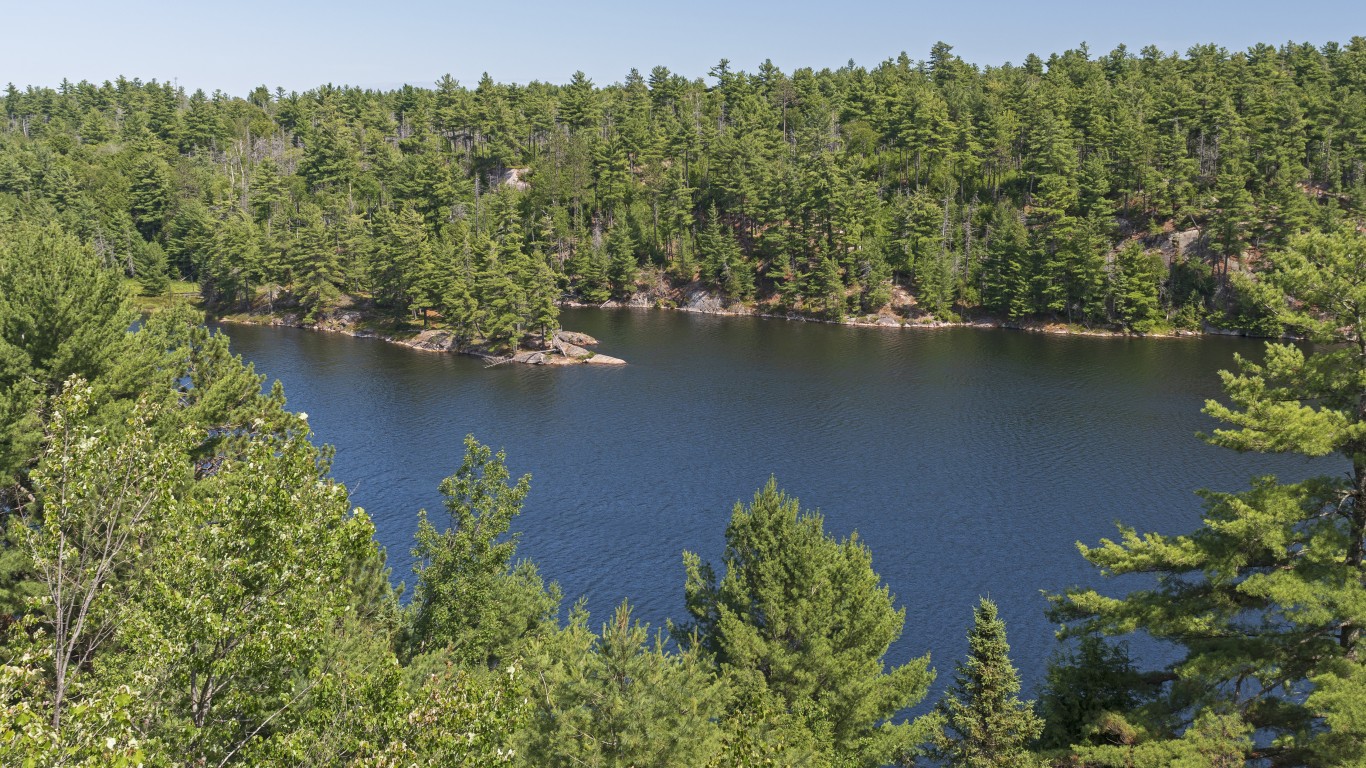
7. Lake of the Woods
> Location(s): MN-Manitoba-Ontario
> Area: 1,485 sq. miles
[in-text-ad-2]
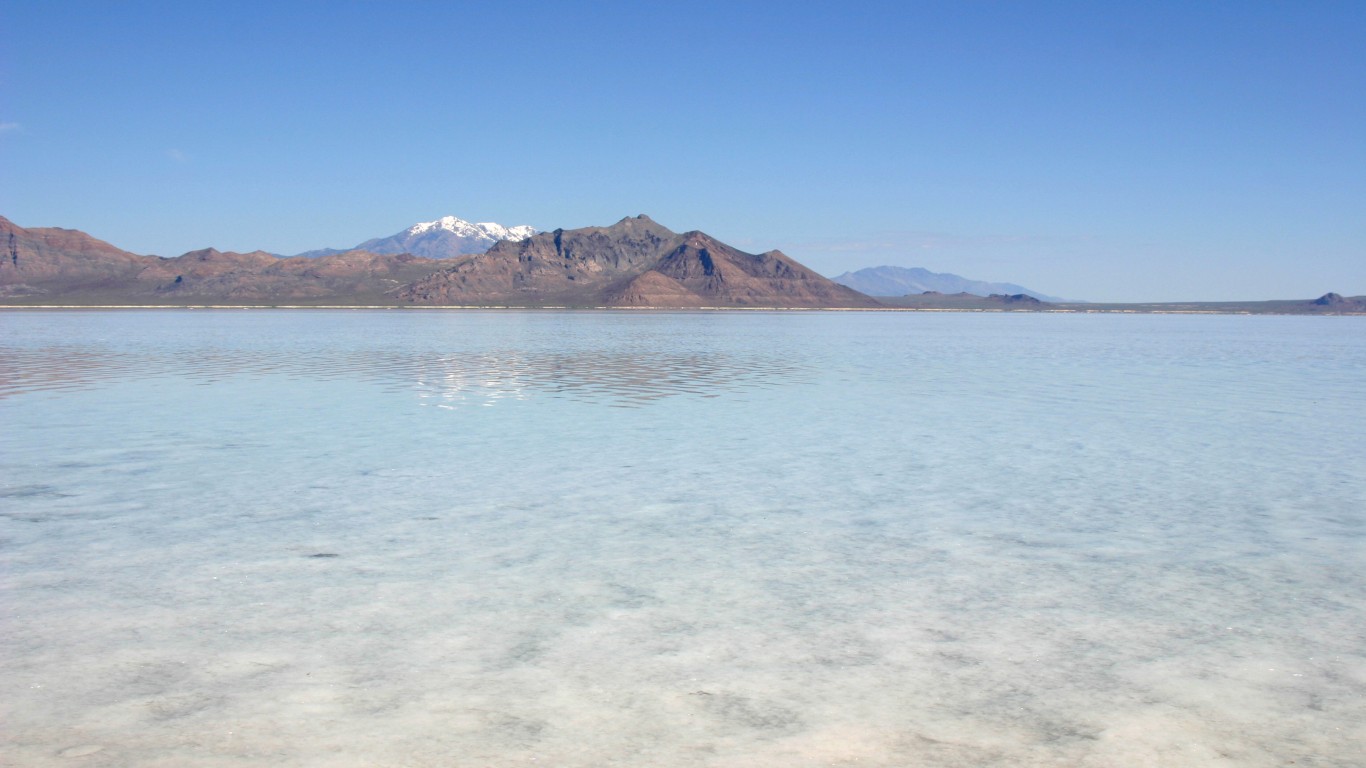
6. Great Salt Lake
> Location(s): Utah
> Area: 2,117 sq. miles
5. Lake Ontario
> Location(s): NY-Ontario
> Area: 7,340 sq. miles
[in-text-ad]
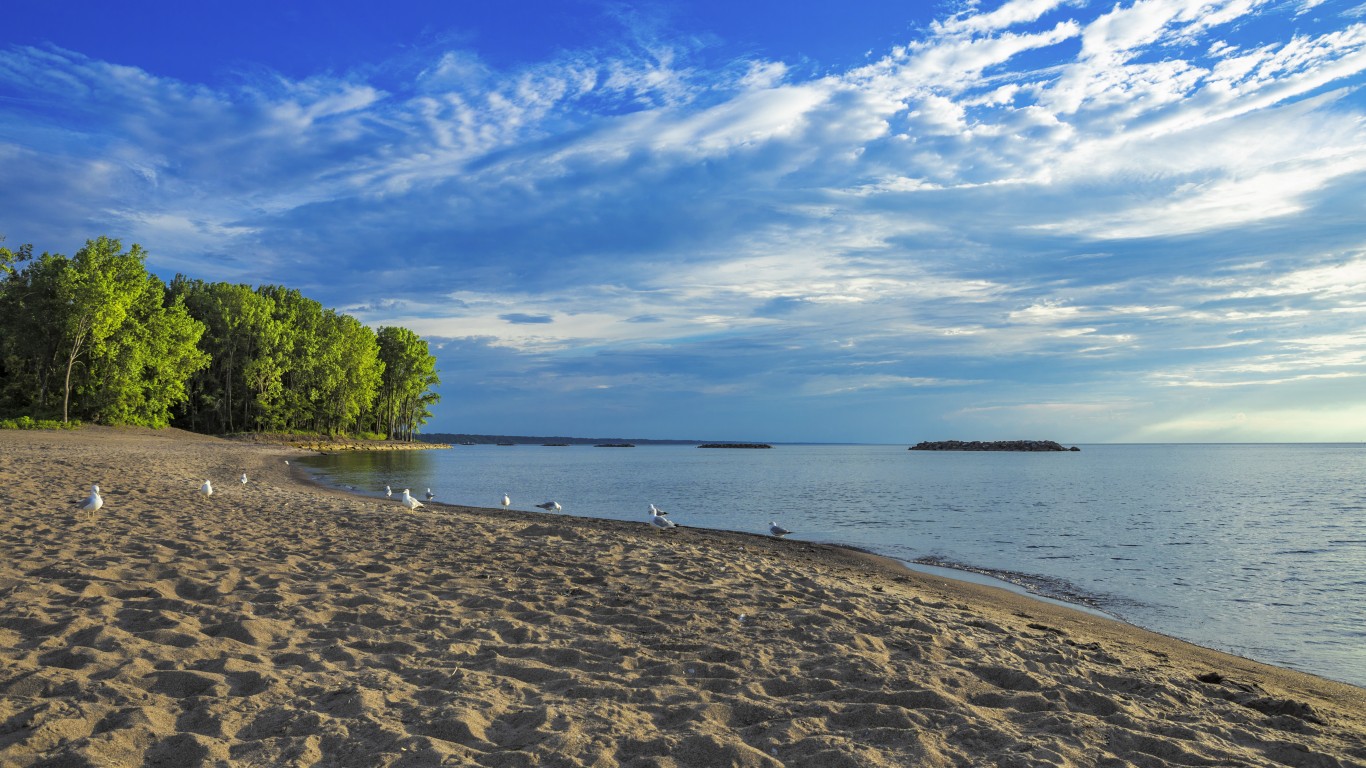
4. Lake Erie
> Location(s): MI-NY-OH-PA-Ontario
> Area: 9,910 sq. miles

3. Lake Michigan
> Location(s): IL-IN-MI-WI
> Area: 22,300 sq. miles
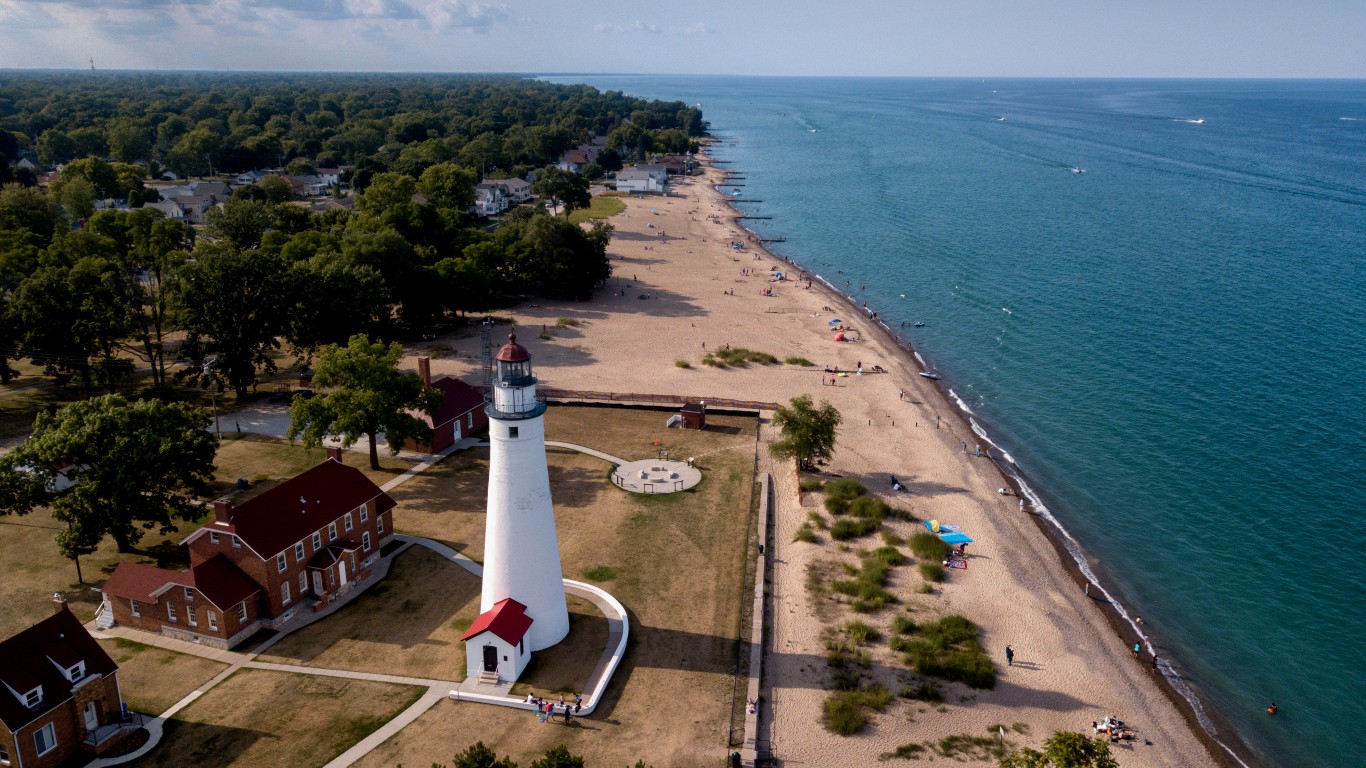
2. Lake Huron
> Location(s): MI-Ontario
> Area: 23,000 sq. miles
[in-text-ad-2]

1. Lake Superior
> Location(s): MI-MN-WI-Ontario
> Area: 31,700 sq. miles
Take Charge of Your Retirement In Just A Few Minutes (Sponsor)
Retirement planning doesn’t have to feel overwhelming. The key is finding expert guidance—and SmartAsset’s simple quiz makes it easier than ever for you to connect with a vetted financial advisor.
Here’s how it works:
- Answer a Few Simple Questions. Tell us a bit about your goals and preferences—it only takes a few minutes!
- Get Matched with Vetted Advisors Our smart tool matches you with up to three pre-screened, vetted advisors who serve your area and are held to a fiduciary standard to act in your best interests. Click here to begin
- Choose Your Fit Review their profiles, schedule an introductory call (or meet in person), and select the advisor who feel is right for you.
Why wait? Start building the retirement you’ve always dreamed of. Click here to get started today!
Thank you for reading! Have some feedback for us?
Contact the 24/7 Wall St. editorial team.
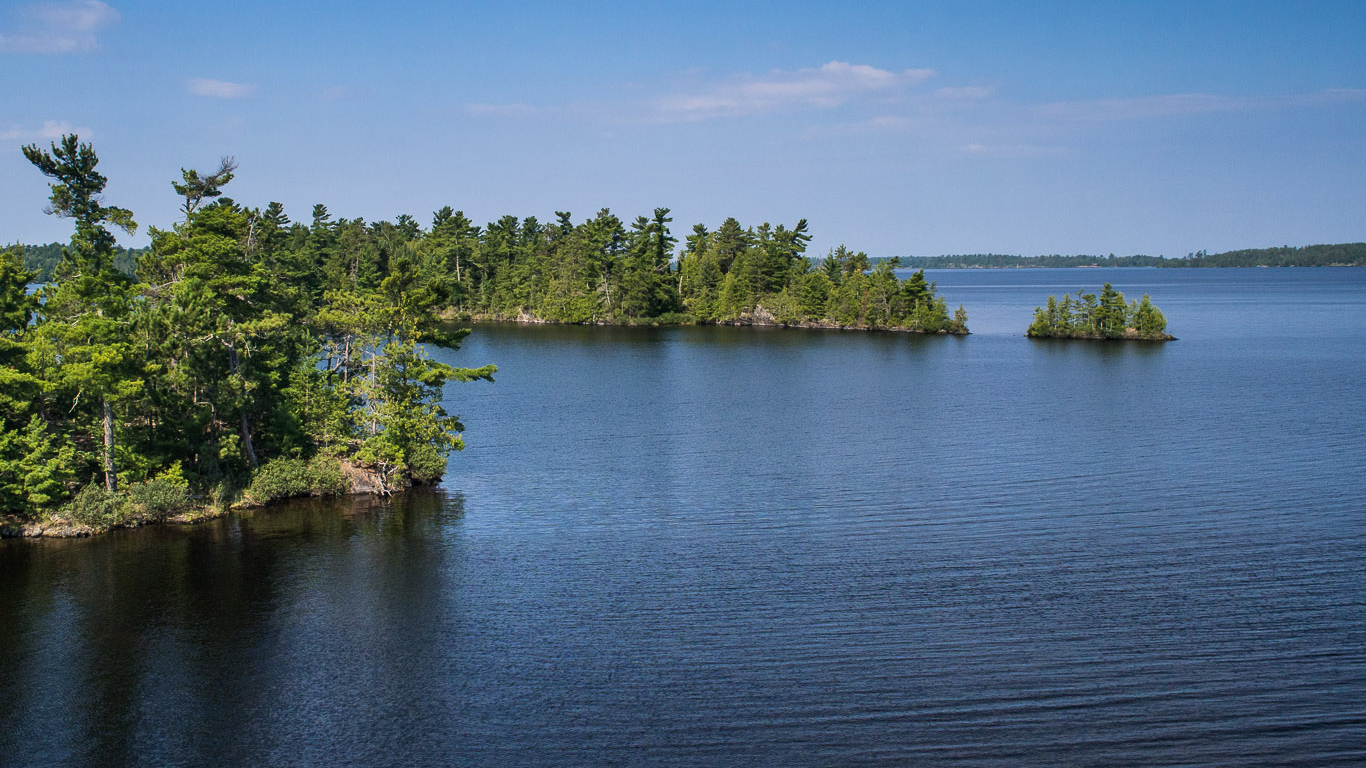
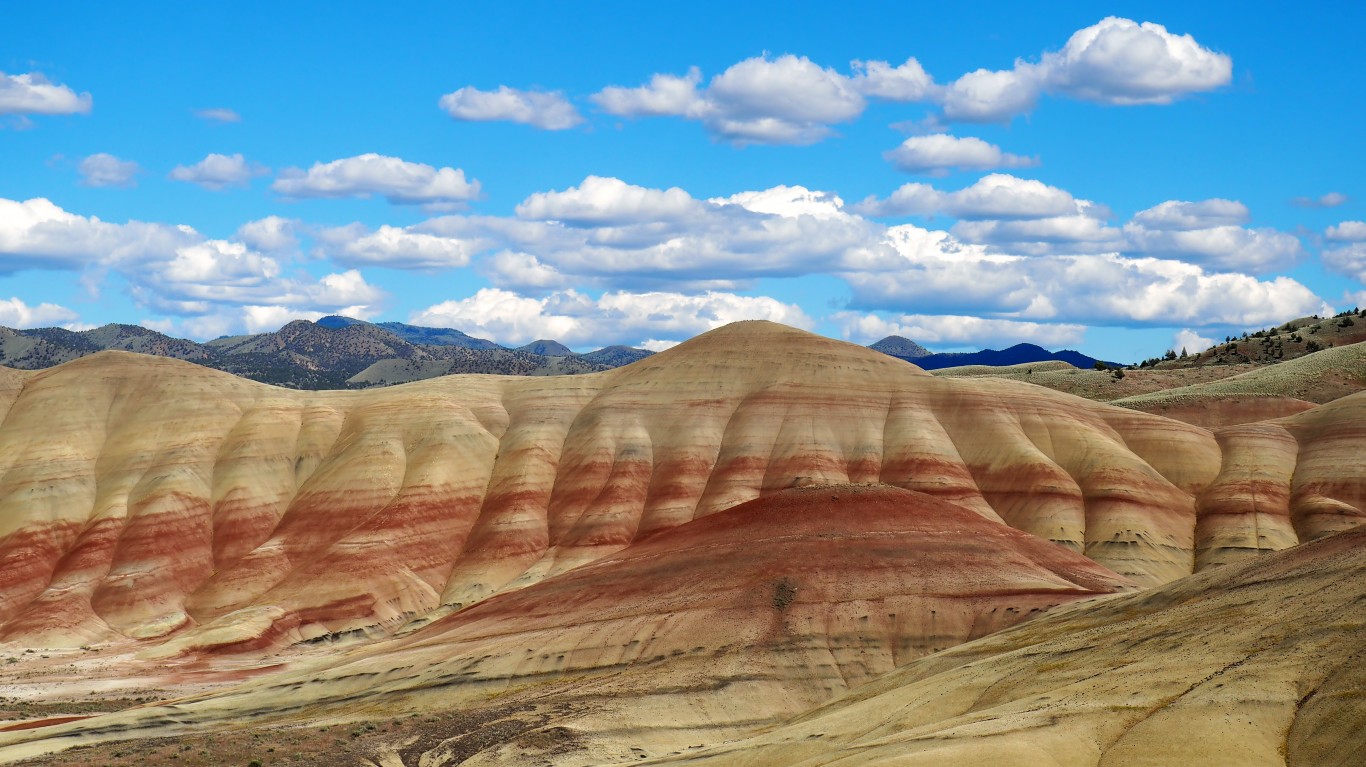 24/7 Wall St.
24/7 Wall St.